Improving services by modeling business processes in public administration
Written by Tomislav Rozman
26 October 2022 · 9 min read

Due to my profession, I see business processes everywhere. Over the past few years, I’ve been hired by various public administration institutions to help them improve their processes. I have cooperated with heads of departments and ministries such as the Supreme Court, Ministry of Defence and Ministry of Public Administration.
During these ‘gigs’, I’ve gained some insight into what is required for user-friendly and citizen-oriented public services.
The requirements for people-friendly public services are:
- clearly defined, citizen-oriented processes (Cardanit BPMN editor can help)
- a well-designed user interface for e-services – mobile or web app (directly influenced by process models)
- a functional backend information system (directly influenced by process models)
- well-behaved, trained and paid public servants (also guided by process models)
So why this blog post? Why do we need better, people-friendly public services? Aren’t they good enough already?
A short story about mixed experiences with public administration services and processes
I hardly remember the last time I was satisfied with public e-services. But I clearly remember numerous cases when I was downright frustrated because of bad service.
Let me mention just one bad experience:
A few years ago, I bought a plot of land. When I received the paper confirmation of my purchase, I noticed that the court had noted the wrong plot number in the real estate database. If I hadn’t been attentive, my ownership of a piece of land would have simply disappeared because of this mistake. Luckily my experience had a happy ending, but it could easily have gone very wrong if I’d relied on the process.
This experience was not only unpleasant; it was a serious consequence of suboptimal processes. These kinds of mistakes in public administration processes can have a damaging effect on people’s lives, status, wealth and health.
My experiences are country-specific (Slovenia), but I’m sure you have similar stories about your own country.
What can we do to improve public administration services?
I’m not here to criticise public services. My aim is to reveal underpinning reasons for failings and propose a solution.
So, what can we do? If you’re a citizen, not much, but if you’re a business analyst at a public administration institution, a lot. If you’re a decision-maker, even more. Read on to find out how you can make a difference.
Collaboration when designing public administration process models
In my previous post, I wrote about my experience with banking processes. I presented collaborative process modeling sessions as one of the most powerful techniques to design better processes.
Regardless of the domain (banking or public administration), the collaboration of various users is necessary to cover all aspects of the process.
Modeling processes in public administration institutions is no exception.
In my projects with such institutions, we gathered the following people for the process modeling sessions:
- citizen representatives (they told us how the process should really work)
- ministry representatives (they told us if something couldn’t be done, because … the law)
- representatives of various supporting agencies such as the state IT department
How do you collaborate when modeling processes?
There are two ways:
- meeting in person
- organising a virtual session
1. Meeting in person
You could organize a meeting in a room with one computer, an overhead projector and a process analyst, who transcribes the participants’ words into a process model in real-time.
After the session, send the first version to participants, gather comments, resend the updated version and repeat – to infinity.
We used to exchange process models via email. Revisions were prone to errors. Sometimes wrong versions were used which caused confusion. It quickly becomes tedious and frustrating.
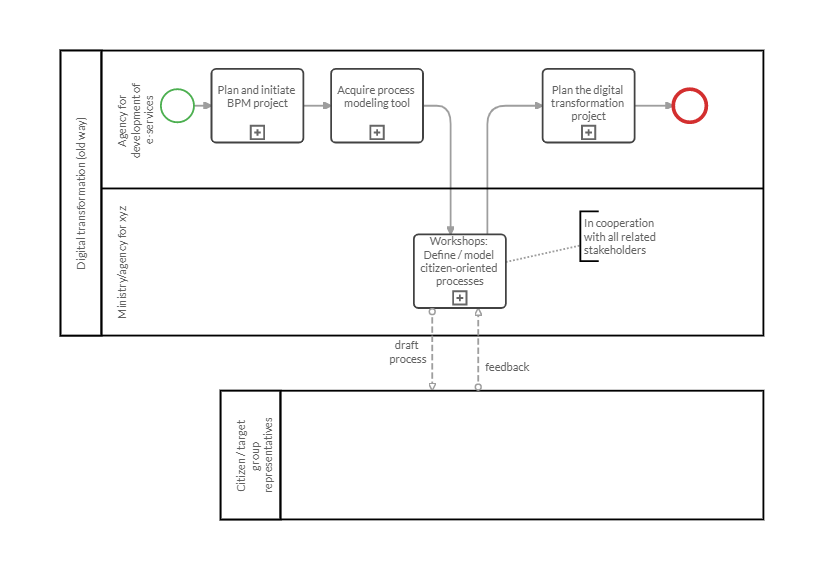
Figure 1: The traditional way – sending process models back and forth
2. Organize a virtual session
This is by far the better approach. Fire up the virtual meeting app of your choice and Cardanit BPMN editor, grant access to representatives and jointly model the processes. This is especially suitable for different state departments when modeling shared processes.
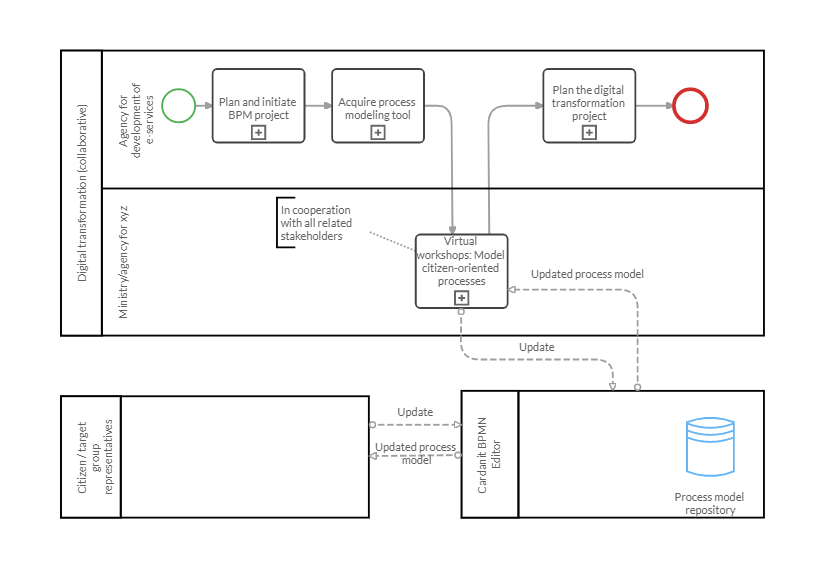
Figure 2: A better way: a simultaneous process modelling.png
Collaborative process modeling requires a central repository of process models, which manages all changes and process model versions.
Process models shouldn’t be stored in a file system, intranet portal or any other place which requires effort to access.
Process models should be stored in an easily navigable, web-accessible tool. Enter Cardanit BPMN editor.
Divide and conquer using Cardanit BPMN editor
When modeling processes in public administration institutions, we followed the top-down methodology (from general processes to detailed processes).
Let’s look at some examples using the Cardanit BPMN editor, which nicely supports this kind of divide-and-conquer style of modeling.
1. Model the top-level public administration process, without involving actors
The example (Figure 3) shows a public e-service: obtaining work permits. When a person from another country wants to work in Slovenia, they have to obtain a work permit first.
The reason to model this process was a chronic lack of doctors and other professionals a few years ago in Slovenia. The Ministry of Labour wanted to streamline the process of work permit application for foreign doctors and we modeled the following processes:

This process is a general one, so applicable to almost all cases in which a citizen uses government services. A citizen must first identify themselves (in our case with an e-identity certificate), then fulfil a particular request, wait for the answer from a particular institution and lastly, receive information about the status of their request.
2. Model the detailed subprocesses with roles. Citizen-first approach!
There are no details yet in the process model. We’ll refine one or more of the subprocesses, and add roles, events and message flows.
When working with public admin institutions, we usually have to explicitly remind the group that the citizen is at the centre of the optimised processes.
It’s easiest if we start with the empty process model including a ‘citizen’ pool. Firstly, we design the details of the citizen's actions, as you can see in Figure 4. Other roles/pools are empty for now; we’ll deal with them later.
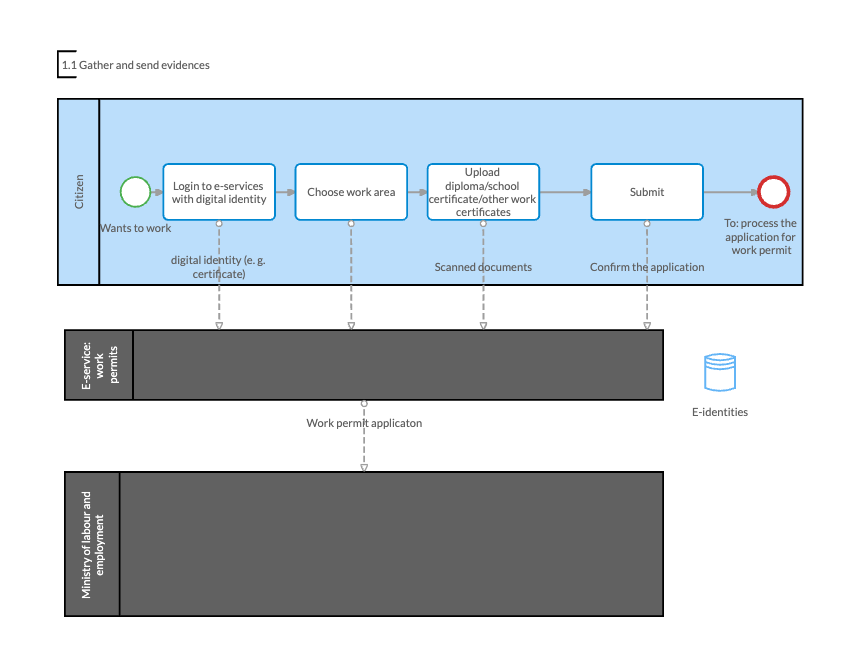
Figure 4: A more detailed process model of an e-service for citizens with roles: a citizen, the ministry that issues work permits and the e-service pool. Details only in the ‘citizen’ pool.
3. Model the information flows between state institutions and systems
Public administration institutions are usually vertically organized as closed silos. The greatest challenge of working with them is to agree on horizontal processes (who does what). Horizontal processes involve cooperation and direct communication between multiple state institutions.
How do you overcome this ‘silo’ thinking when modeling public administration processes?
In Cardanit BPMN editor, it is easy to show information flows between departments (pools). In our example case, only pools and information flows have been used; no details within the pools are shown (for now).
When a public service involves multiple actors, firstly focus and agree on the information exchange between them:
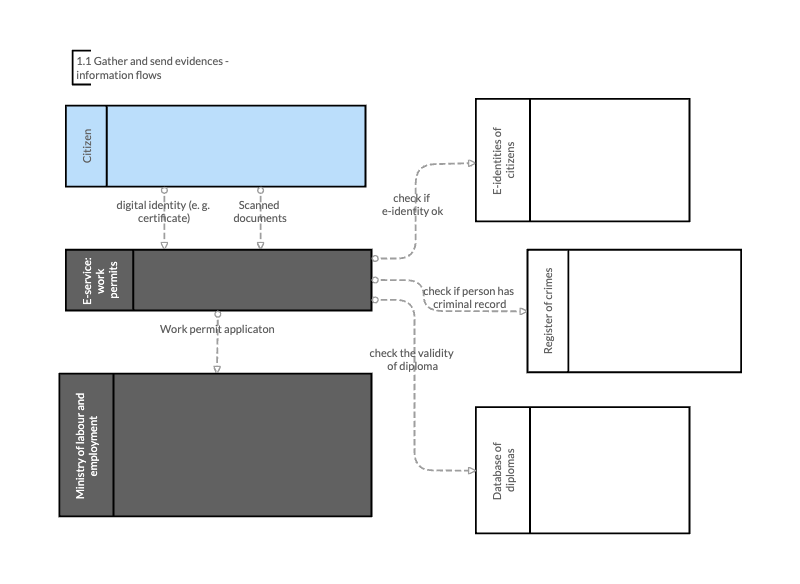
Figure 5: Model of an e-service including communication flows between different public admin actors that shows only the actors and information flows.
When you agree on the information exchange between public institutions, you define clear responsibilities and thus take a step towards better services.
Only then you should deep dive into the details as shown in Figure 6.
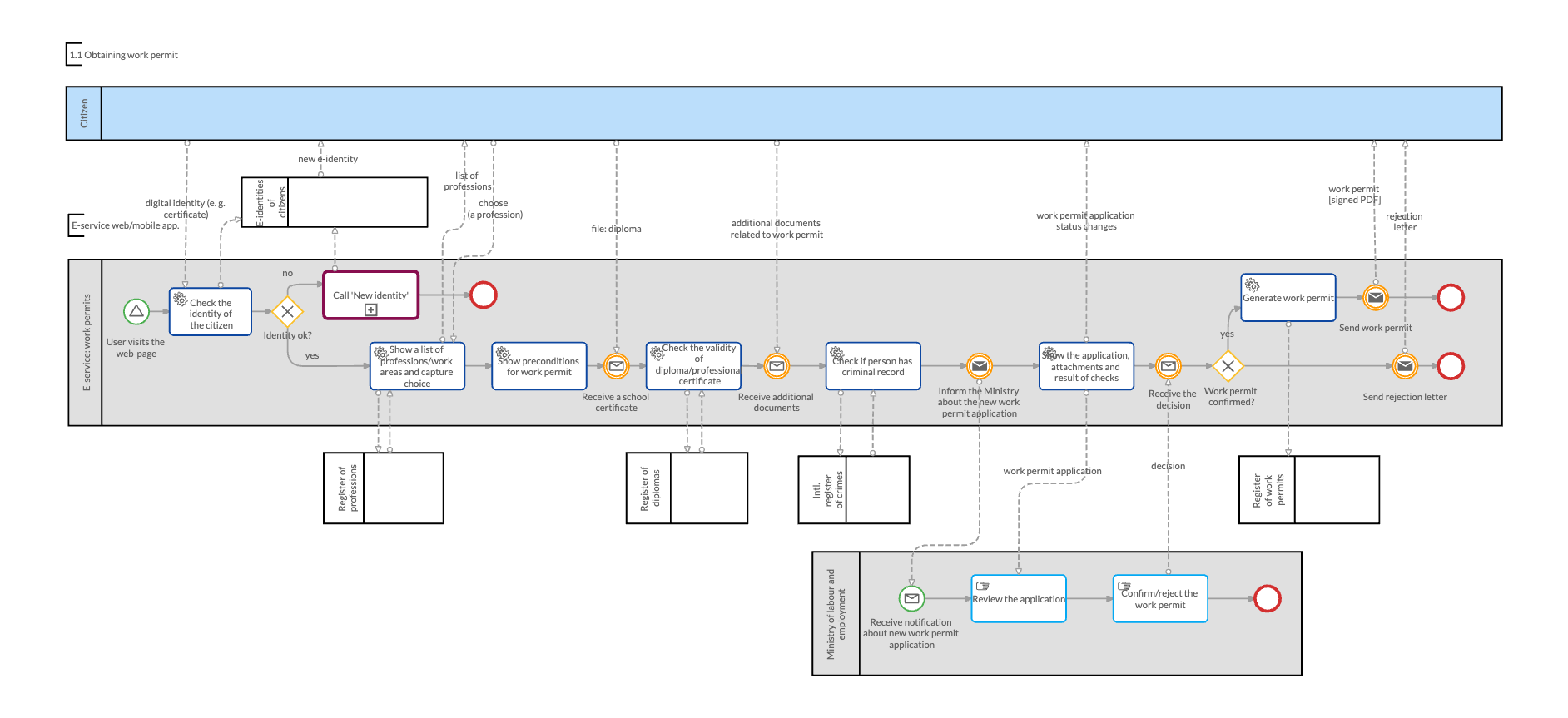
Figure 6: A detailed process view (click to see the bigger picture)
Now you have covered almost all the details about the processes:
- top-level view
- detailed view
- information flow between the institutions
All this information is necessary for the next phase: contracting an IT provider (e-service developer).
Where do public administration process models go after the modeling?
In some of our projects, BPM (business process management) platforms/servers were used to automate processes directly from the executable process models; in other cases, a traditional software development approach (programming from scratch) was used. In the latter case, process models became part of software specification documentation (automatic report generation from process models helps a lot here). Some process models were probably left in the drawer, waiting for better times.
In the first two cases, the end results were usable e-services (web app or mobile app) for citizens. But we didn’t use the Cardanit BPMN modeler for the mentioned projects, because these particular projects were 5–10 years ago. I wish the Cardanit BPMN editor existed then! We used Microsoft Visio, which was fine for single-user graphical modeling. But the previously described functionalities (teamwork, central repository, web access) of the Cardanit BPMN editor would have been indispensable.
What did we want to achieve with new processes for public services?
Most importantly, we wanted to avoid unnecessary tasks for citizens, for example, sending partial documentation to different institutions.
A citizen should not be a postal worker or even be aware of the internal document flows of public services. With well-thought-through processes and e-services, we remove that burden from them. More importantly, we can avoid serious errors such as the one mentioned in my story at the beginning.
Past versus present
After more than 20 years as a business analyst, I still believe that process modeling is a key activity in every improvement or automation project.
This is especially true in public administration institutions because they have the most ‘customers’. Every citizen is their user.
I usually say process models are comparable to architects’ blueprints. Nobody dares to build a house without them. But process models are just part of the story. Only with a proper methodology and the right tools (such as Cardanit BPMN editor) for editing, collaborative work, central storage and attractive visual presentation, business processes can fulfil their purpose.
Make a start
If you’re a manager in a public administration institution, I invite you to take a leap: start defining one of the processes in your organization. You don’t need to start from scratch: you can learn from and reuse example process models.
You’ll discover the benefits of this approach, not only for your institution but, more importantly, for the citizens who use your services.
Further reading
Driving business process transformation in the public sector with BPMN 2.0
BPMN and DMN cheat sheet for effective business process mapping
Quick guide to understanding the most common BPMN dilemmas
Dr. Tomislav Rozman sees process models everywhere he goes. In 2007, he received his PhD in computer science and informatics with a dissertation on holistic organizational process modeling. He has designed processes, customer journeys, and internal workings in public administration, banks, information technology firms, service firms, electro-distribution firms, construction firms, and educational institutions. The Supreme Court of Slovenia's e-enforcement information system is based on processes he helped design. He is the creator of an ECQA-accredited course for business process managers that hundreds of students have taken.
Dr. Tomislav Rozman sees process models everywhere he goes. In 2007, he received his PhD in computer science and informatics with a dissertation on holistic organizational process modeling. He has designed processes, customer journeys, and internal workings in public administration, banks, information technology firms, service firms, electro-distribution firms, construction firms, and educational institutions. The Supreme Court of Slovenia's e-enforcement information system is based on processes he helped design. He is the creator of an ECQA-accredited course for business process managers that hundreds of students have taken.
People also ask
Not necessarily. While costs depend on the size and complexity of the organization, modern BPM tools like Cardanit are designed to be easy to adopt and scalable. This means public institutions can optimize processes without a hefty investment.
To measure the success of business process modeling (BPM) in public administration, common metrics include process efficiency (time and cost savings), citizen satisfaction, compliance with regulatory standards, and error reduction in service delivery. KPIs often involve processing times, cost per service, and accuracy rates.
When legal or regulatory changes occur, process models must be updated through continuous monitoring and feedback loops, ensuring adaptability. Tools and methods like version control in Cardanit facilitate this integration.
Transitioning to digitized, citizen-centered processes faces challenges like overcoming bureaucratic inertia, ensuring data privacy, and managing the cost of new technologies and training staff. Public institutions must carefully manage change, balancing innovation with continuity in service delivery.
Learn what key features and ingredients your BPMN editor should have to ensure a smooth and efficient business process mapping experience.
Key ingredients for efficient process mapping
Learn what key features and ingredients your BPMN editor should have to ensure a smooth and efficient business process mapping experience.
Key ingredients for efficient process mapping
Learn what key features and ingredients your BPMN editor should have to ensure a smooth and efficient business process mapping experience.
